Donnie Vincent is our unabashed man-crush this winter. The guy gets dropped off via helicopter in the most remote places in the world and spends the next month traversing the wild by foot, hunting, doing conservation work, and making epic films. He sleeps in a floor-less teepee, his down jacket doubles as his sleeping bag, and he’s been hunted by a pack of wolves.
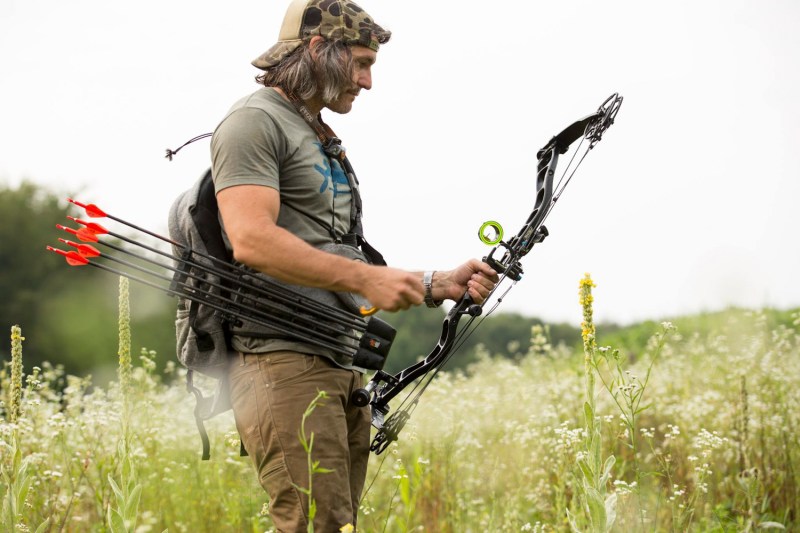
Vincent’s latest film, The Other Side presented by Otterbox, tracks his time spent meditatively hunting grizzly bears. The Manual met Vincent— a mixture of a Zen practitioner, romantic literary poet, and gritty outdoorsman— to talk about what it means to be a bear-hunting conservationist, the problem with trophy hunting, exciting ways for us to get into the wild, and the best wilderness gear.
The Manual: Isn’t being a “bear-hunting conservationist” oxymoronic?
Donnie Vincent: Bears and conservation go very well together. Take black bears, who number in the million. Should you hunt them selectively, looking for old boars (male bears) who are not contributing to the population, you can open up resources for other bears. We kill cannibalistic bullies, as old boars kill cubs for food and so the female comes back and he can breed her. Killing bears can reduce stress on cubs, sows, food resources, and gives me an opportunity to engage in the wilderness and fuel myself with clean, lean protein.
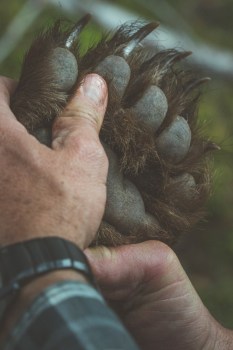
TM: What is your hunting creed?
DV: It’s only engaging and good if you hunt with the highest of ethics and constantly ask, “Am I leaving this place better than I found it, or at least the same?”
TM: Did your dad teach you to be an outdoorsman?
DV: My father was not a hunter, but he housed the kit of a hunter. His drawer with hunting knives never saw an animal. My grandfather got him a book subscription to Outdoor Life and they sent magazines and hard-cover books about hunting, wildlife, and ammunition. It’s literally my first memory, sitting in my father’s library going through these books and wanting to go to Alaska and the Southwest to engage — not for trophy, kills, or skins, but to be a part of the wilderness.
TM: Do you remember any authors you liked?
DV: Jack O’Connor, a literary professor in Arizona. He wrote so romantically about his wife, the wild, pulling a trigger, and watching the bullet pierce an animal. I wanted to chase these feelings.
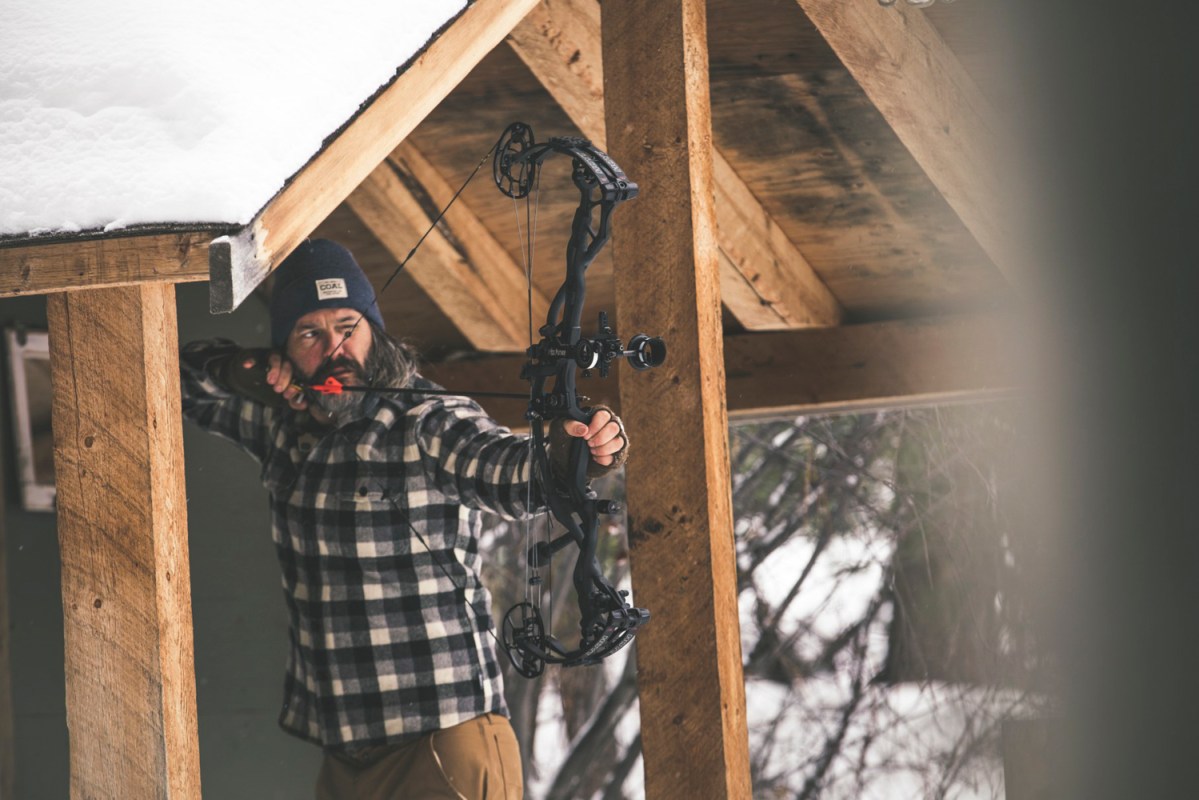
TM: When you finally got into the wild, was the experience romantic like the books?
DV: Decades later I realized taking an animal’s life is serious business and there’s great sorrow that goes along with it. Men didn’t reveal that they had a sensuous or compassionate side and they never revealed insecurities about hunting. As I started engaging in hunting, I opened up to feeling — the rain on my face, the fear, being out of my element in a place I’ve never been, having become a sort of executioner in this idea of predator and prey.
TM: What’s the difference between conservationist hunting and trophy hunting?
DV: With trophy, you get ultra-wealthy, fat, extravagant guys who believe the things they hang on their wall define who they are as a man. They’re loud, boisterous, and go through the world like a wrecking ball. They mount a bear in their library and make it look like a beast to tote to their friends how “I beat the beast!” This is so far away from connection with wilderness and connection with food.
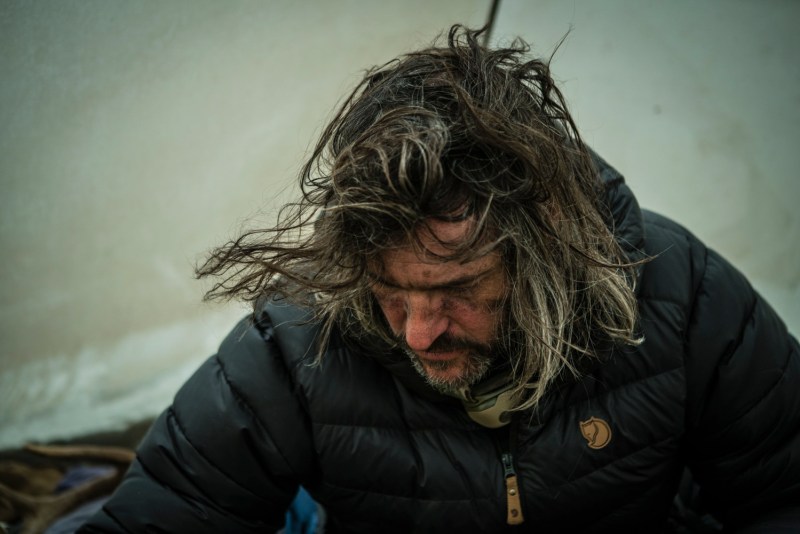
TM: Where is your favorite remote spot to travel?
DV: The Arctic circle. There are no people, few airplanes overhead, and I get to melt into the tundra and spend time with wolves, caribou, moose, the Northern lLghts, blizzards, rainstorms, and winds. I stayed for 25 days last August and watched the natural movement of grizzly bears going into hyper-eating for hibernation.
TM: And you just got back from a trip in the desert?
DV: I came from an island in northwest Mexico called Tiburón. It’s a desert island populated by bighorn sheep, coyotes, jackrabbits, scorpions, and rattlesnakes.
TM: What gear do you bring?
DV: Clothing, mostly Fjallraven and a lot from Woolrich, centering around goose down, a lot of wool, and high-quality rain gear. I’ll only have two to three underwear and socks for a full trip, and wool doesn’t smell. I bring a Kifaru teepee so I can go in and out without taking gear off (the floor of a tent would get dirty), and a little wood stove. Also essential to my kit are Otterbox dry bags and coolers. Otter makes the best dry bags, keeping gear dry until you need it, allows us to stay in the wilderness for much longer periods of time. Same with their coolers, they are very best in class. Obviously, I don’t carry coolers to the top of the mountain, however they are vital in every base camp I’ve ever been in. Keeping our meat chilled after a successful hunt is in line with the highest level of our ethics.
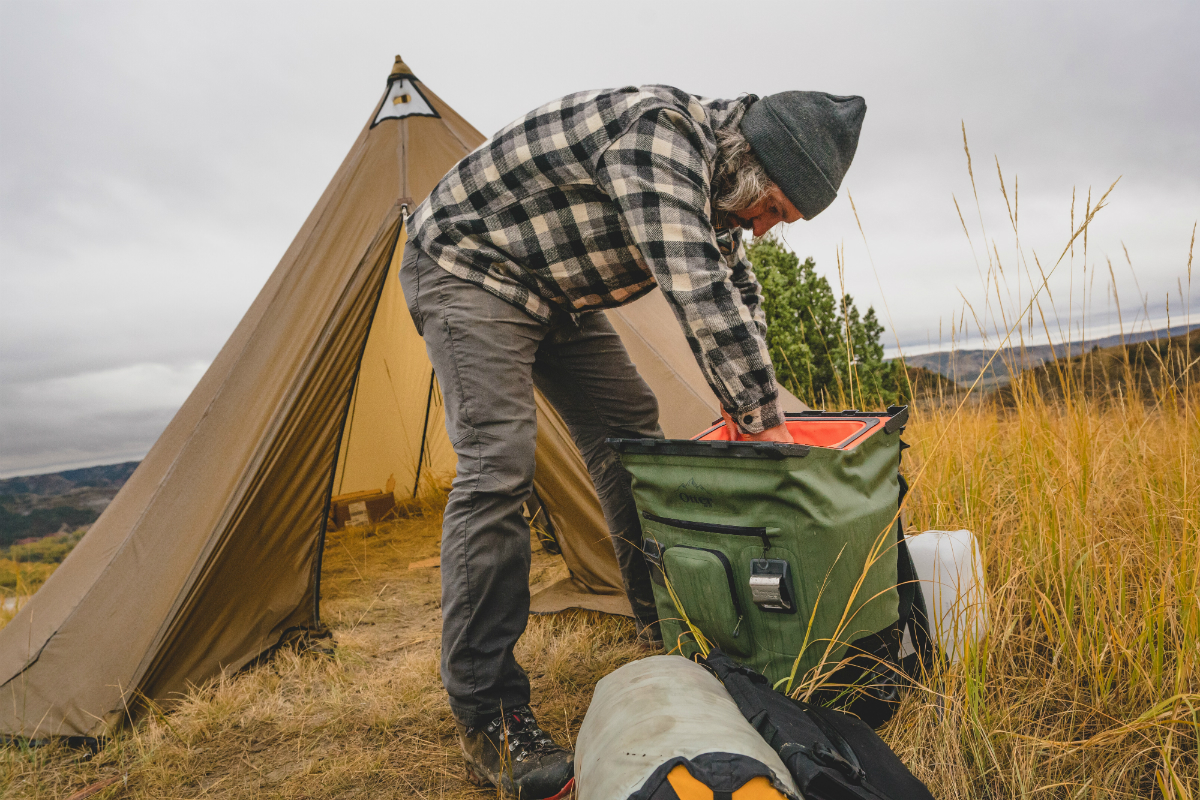
TM: How do you stay physically fit to spend months unassisted in the wild?
DV: I go to the gym three days a week and push weights to have a foundation of muscles — this is functional strength, not glamor — coupled with engaged hiking- 3-5 miles a day, really pawing at your feet and engaging my core, finding hills, wearing a backpack with weight. I’ll trail run about 3-7 miles powering up long, steep hills. Also, yoga to balance my mind and flexibility.
TM: How can we be more like you and connect with the wild?
DV: Start slow and find a good mentor. If you can’t, find a good library. Start doing little trips, even if you’re in the city. There’s a Metro Bow Hunting Certification in Minneapolis here you go into city parks and shoot deer where there is a major population. Work on your craft as a huntsman, starting with rabbits and squirrels, then birds, and maybe deer from there.


